Expansion of Wine Tourism
The expansion of wine tourism is significantly influencing The Global Fortified Wine Industry. Regions known for their fortified wines, such as Portugal and Spain, are attracting tourists who are eager to experience wine tastings and vineyard tours. This influx of visitors not only boosts local economies but also increases awareness and consumption of fortified wines. Data suggests that wine tourism contributes to a substantial portion of the overall wine market, with fortified wines being a key attraction. As more regions develop wine tourism initiatives, the demand for fortified wines is expected to rise, creating new opportunities for producers and retailers alike.
Innovative Product Offerings
Innovative product offerings are driving growth in The Global Fortified Wine Industry. Producers are increasingly experimenting with new flavors, blends, and packaging to attract a broader audience. For instance, the introduction of flavored fortified wines and ready-to-drink options caters to the evolving tastes of consumers. Market data indicates that these innovative products have led to a surge in sales, particularly among younger demographics who prefer convenience and novelty. This trend suggests that as producers continue to innovate, the market for fortified wines will likely expand, appealing to both traditional wine drinkers and new consumers.
E-commerce Growth in Alcohol Sales
The growth of e-commerce in alcohol sales is reshaping The Global Fortified Wine Industry. With the rise of online shopping, consumers are increasingly purchasing fortified wines through digital platforms. This shift not only provides convenience but also allows consumers to access a wider variety of products than what is typically available in physical stores. Data shows that online sales of alcoholic beverages, including fortified wines, have seen a significant increase, with projections indicating continued growth in this sector. As e-commerce becomes a dominant channel for wine sales, it is expected to drive further expansion in the fortified wine market.
Health Consciousness Among Consumers
Health consciousness among consumers is emerging as a significant driver for The Global Fortified Wine Industry. As individuals become more aware of their dietary choices, many are seeking beverages that offer potential health benefits. Fortified wines, which often contain higher levels of antioxidants and other beneficial compounds, are being perceived as a healthier alternative to other alcoholic beverages. Recent studies indicate that moderate consumption of fortified wines may provide certain health benefits, which could enhance their appeal. This growing trend towards health-oriented choices is likely to influence purchasing decisions, thereby boosting the fortified wine market.
Rising Consumer Interest in Fortified Wines
The increasing consumer interest in fortified wines is a notable driver for The Global Fortified Wine Industry. As consumers seek unique and diverse flavor profiles, fortified wines, with their enhanced taste and complexity, are gaining popularity. This trend is particularly evident among millennials and younger generations who are exploring different wine varieties. According to recent data, the fortified wine segment has seen a growth rate of approximately 5 percent annually, indicating a shift in consumer preferences. This growing interest is likely to continue, as more consumers are educated about the benefits and characteristics of fortified wines, further propelling the market forward.


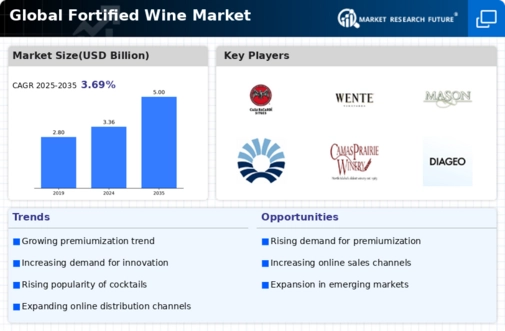

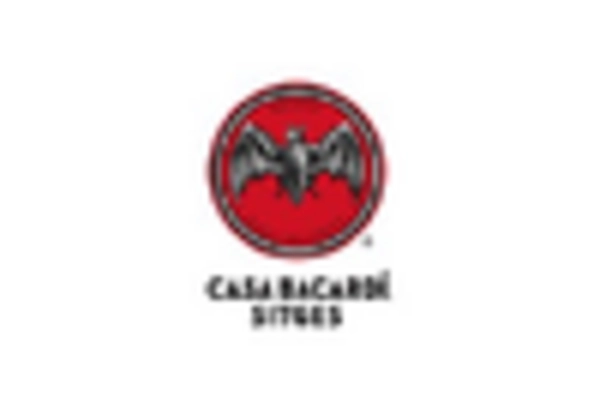
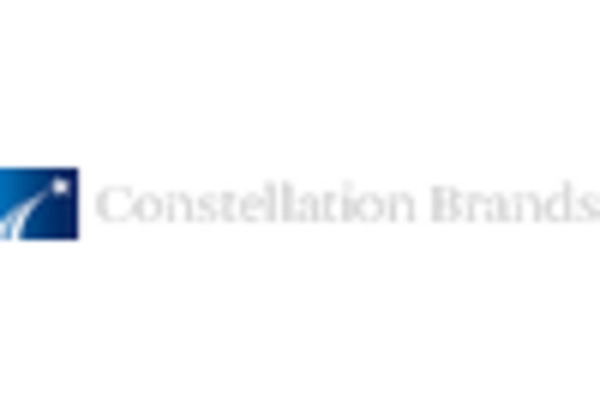
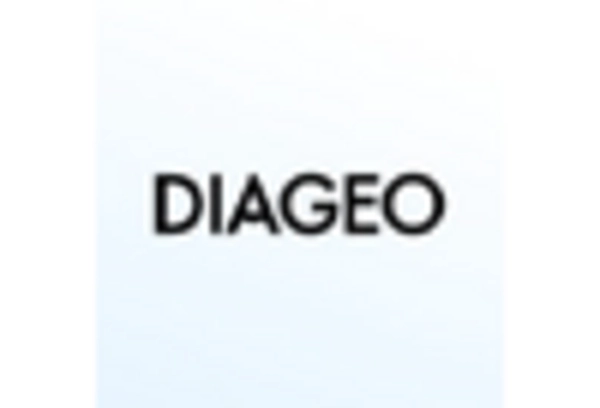
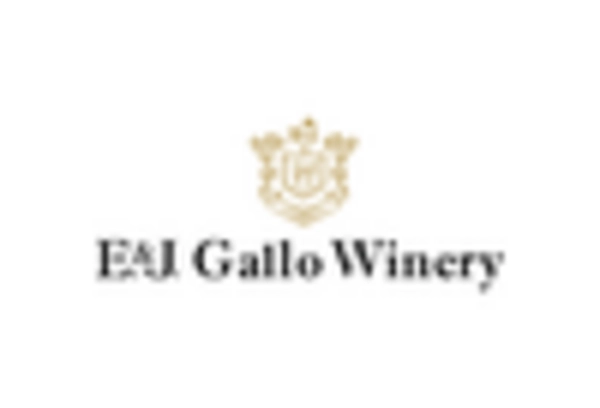
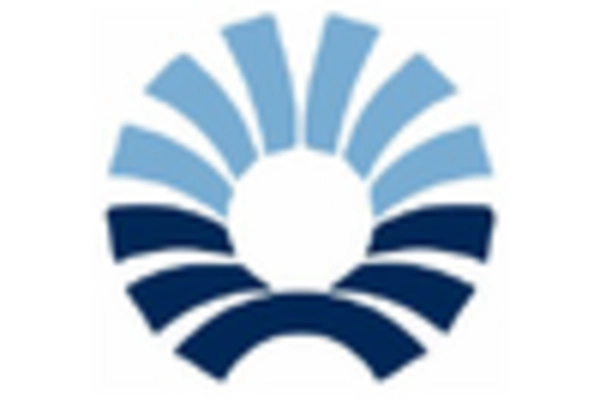
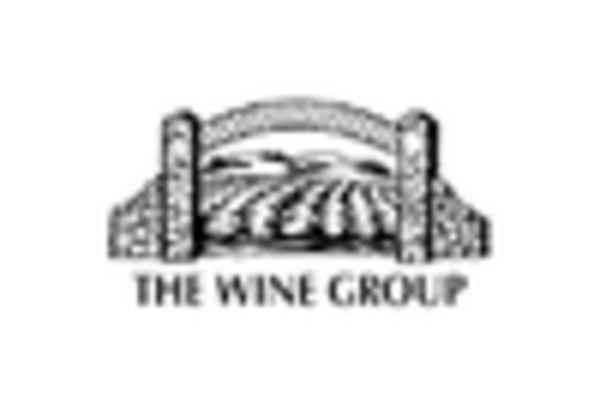








Leave a Comment